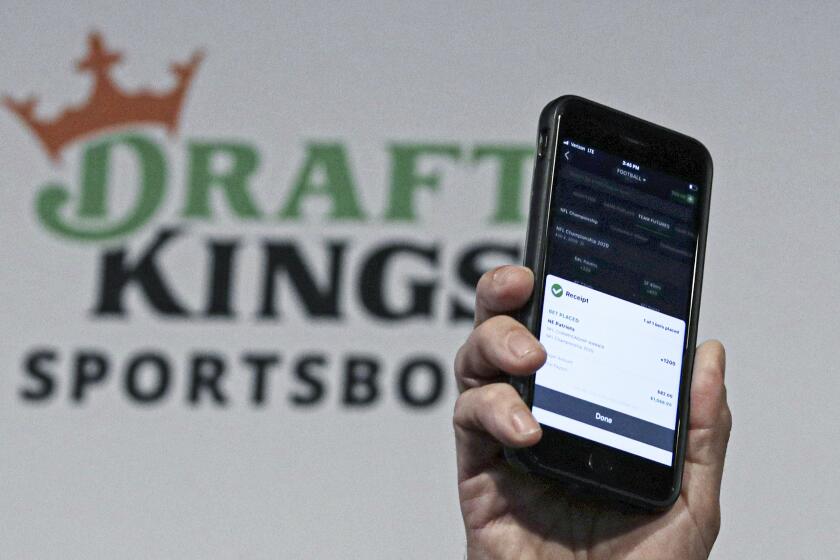LANs Help Households Stay Connected
My house has had multiple computers since my kids were little. Back then, I didn’t want them playing games on the machine that I use to make my living. Today, my wife and teenagers use their PCs so often that we’d wind up in major fights if there weren’t enough to go around.
And we’re not alone. A recent survey found that 18% of U.S. households have more than one computer. As PCs become cheaper and more essential to our lives, that number will grow. Someday, having multiple PCs in the house will be as common as having more than one TV.
But once you get two or more machines in the same household, you have a new challenge: How do you get them to “talk” with one another and share files and resources such as printers and high-speed Internet connections?
The answer: Set up a local area network, or LAN. I installed a LAN at my house several years ago, and it’s now a vital part of our home infrastructure. Its main use is to share the high-speed Internet line we have coming into our house.
We also use the network to share files and printers. The kids sometimes print their school papers on the printer at my desk, and if they need help with their homework, I can access the files from their machines on my PC.
There are a number of ways to link PCs in the home. The traditional method, used by most businesses, is to purchase a standard Ethernet hub (they start at $25 for a hub supporting four PCs) and a network interface card, or NIC, for each PC ($15 per desktop or $60 per laptop). Connect each PC to the hub using “category five” Ethernet cable. Whether this is a daunting task depends on how hard it is to run new wires in your house. An electrician friend of mine ran the wires between two rooms for me in about an hour. In some houses, the task can be more difficult.
Another method is to use your existing home wiring for your LAN. Intel’s AnyPoint Home Network, for example, allows you to connect as many as 15 PCs by plugging the network adapters into your standard phone jacks.
The technology, known as HomePNA, is supported by a number of other companies, including 3Com, Compaq and Hewlett-Packard. Basically, the PC data hitchhikes on your regular phone wiring without tying up your phone line or interfering with calls.
Prices for Intel gear range from $49 for a PCI card that transfers data at 1 megabit per second, or Mbps, to $99 for a 10 Mbps USB adapter. Get the 10 Mbps version for best performance.
Regardless of what type of network you have, you might also need another piece of equipment, called a router, if you want to share your cable or DSL service among multiple PCs. It isn’t always necessary. Some cable and DSL providers offer a service that allows you to connect multiple PCs.
But others restrict you to a single Internet protocol, or IP, address. If that’s the case, a router, which starts at $100, will split that one IP address into as many as you need. Some providers prohibit this practice in the customer agreements, but many allow it. Companies that make low-cost routers include MacSense, Linksys, NetGear and SMC.
2Wire Inc. makes a $299 HomePortal Residential Gateway that works with both HomePNA and standard Ethernet. The device, which is also a router, has a plug to connect a DSL or cable modem and another that connects to a standard Ethernet hub. You can also plug it into a phone jack to network PCs via phone lines.
Finally, there are wireless options that let you access the network anywhere within about 150 feet. Intel makes a wireless version of its AnyPoint network adapters starting at about $120 per machine. Although pricey, my favorite home wireless networking product is CableFree home network from SohoWare. It costs $289 for the NetBlaster transmitter and $189 for each PC Card or PCI network adapter. Installation is easy, and it is compatible with standard Ethernet.
*
Technology reports by Lawrence J. Magid can be heard between 2 p.m. and 3 p.m. weekdays on the KNX-AM (1070) Technology Hour.
More to Read
Inside the business of entertainment
The Wide Shot brings you news, analysis and insights on everything from streaming wars to production — and what it all means for the future.
You may occasionally receive promotional content from the Los Angeles Times.










